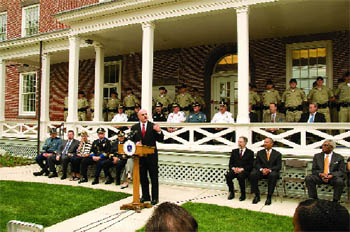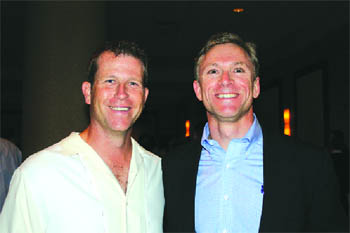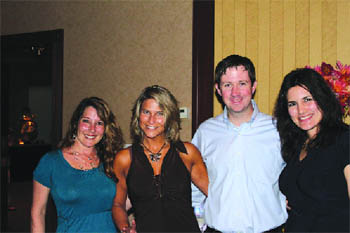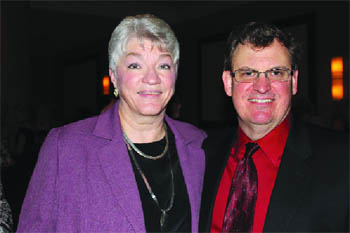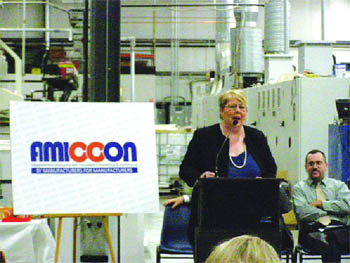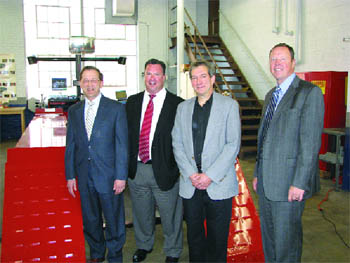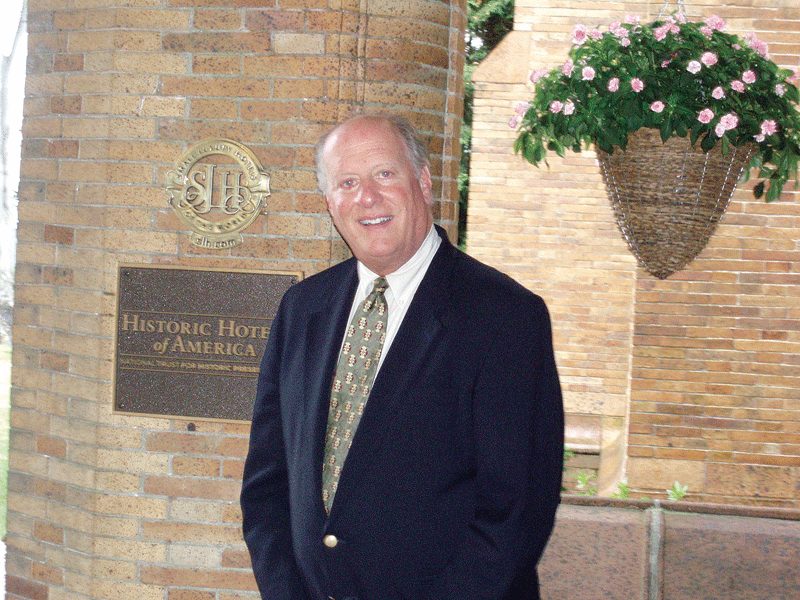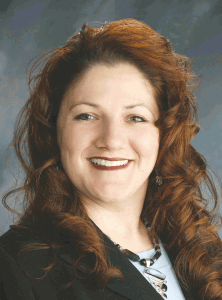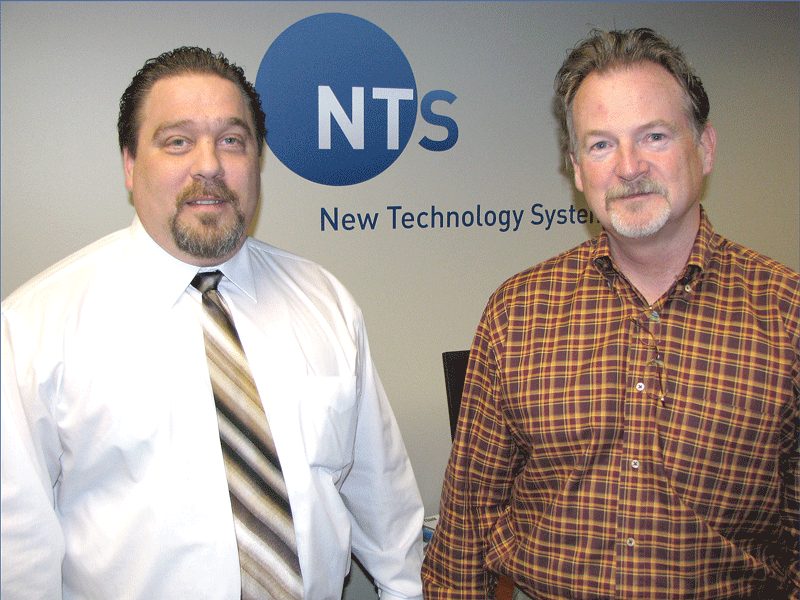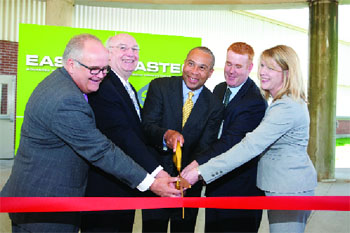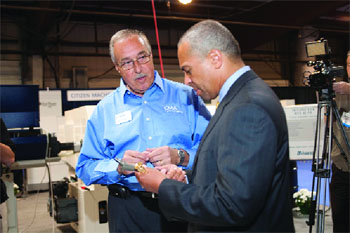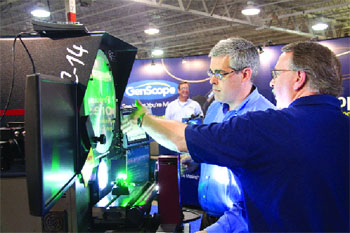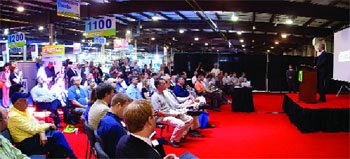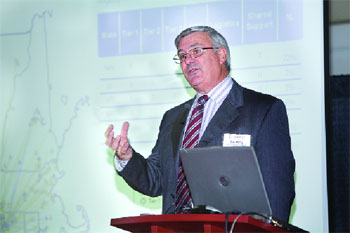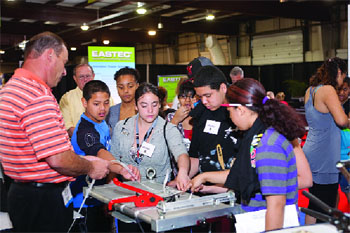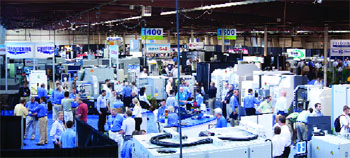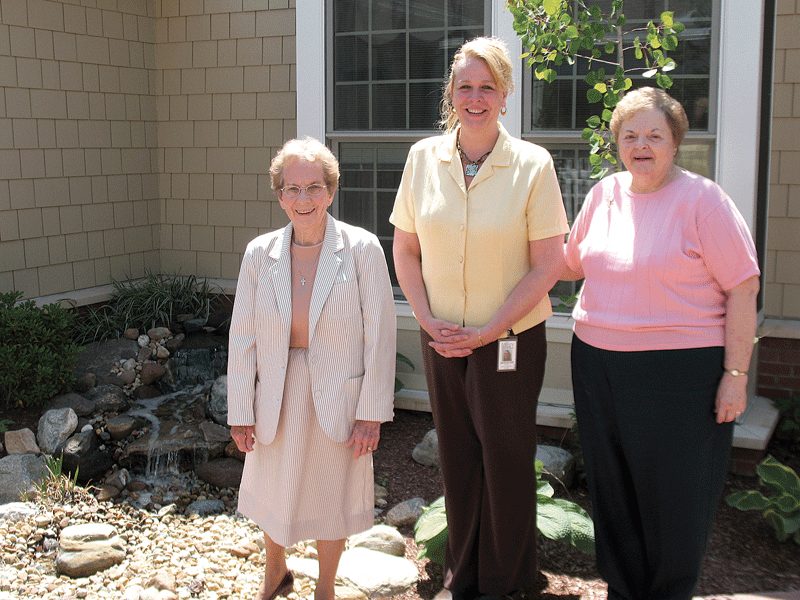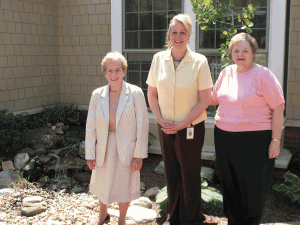Holyoke, and His School, Are Hitting Their Stride
As part of the school’s 60th birthday party three years ago, Holyoke Community College officials commissioned an artist to create caricatures of the three men who have served as president of the institution.In his, Bill Messner, who arrived in 2004 after the retirement of long-time corner-office-holder David Bartley, can be seen in his running clothes, high-stepping his way across campus, with students, faculty, and staff cheering him on. And it’s a fairly accurate portrayal of daily life for the rangy 65-year-old campus leader, who has competed in a number of marathons and half-marathons over the years in locales ranging from New York to Washington, D.C. to Cape Cod.
While at HCC, he runs on an almost-daily basis, sometimes with students and/or faculty and staff members joining him. “Although I seem to have run out of faculty and staff over the past year or so,” joked Messner, adding that, more often than not, he runs alone.
The routes and distances vary — “it all depends on what I have time for,” he said. Sometimes he’ll run on campus, while other times he’ll motor around the nearby McClean Reservoir or Mount Tom. He’ll do at least a few miles every time out, and sometimes logs six or more, as he did on the day he spoke with BusinessWest.
The runs are good stress-relievers, he said, and give him time to think and maybe solve some problems. And most often, he’s thinking about connections, and how the school, the oldest community college in the Commonwealth, can make more of them in the Greater Holyoke area.
Such connections include the school’s involvement in a learning center that will be a big part of a new intermodal transportation center to be created in an old fire station downtown, its participation in plans to create a high-performance computing center along the city’s famous canals, and work with Cisco on that company’s decision to choose Holyoke to host a pilot program called Smart + Connected Communities, which will experiment with ways to use data-networking technology to improve delivery of government services, health care, and education.
“You get some interesting thoughts out there around mile three or mile four,” he explained. “And usually, I’m thinking about where I want the college to go and what’s the next connection we can make.”
As president, Messner says it is his role to be the “door opener” for the institution, and by that he meant that he believes a big part of job description comes down to “creating pathways into and out of this place.” In other words, he and his team are working to make it easier to get to HCC, and then to take the big step from there to wherever the student wants to go, be it a four-year college or a job in the region.
Overall, Messner believes these are exciting, yet also challenging, times for both HCC and especially the city of Holyoke, which he sees emerging from a long period of dormancy as a reinvented manufacturing center on the cutting edge of technological advancements and economic-development policy.
“I recently gave a talk at the [Holyoke] chamber’s annual meeting, and I told the audience that they’re better off being in the city of Holyoke, given what I perceive to be its future, than any other community in the state,” he said. “Holyoke is the right size, it’s got the resources, it has the right people in place to make things happen. This is Holyoke’s time.”
For this, the latest installment of its Profiles in Business series, Messner talked about Holyoke, its community college, and his own career, all of which are stories with legs, in one way or another.
Jogging His Memory
From his office in Frost Hall, named after the school’s first president, George Frost, Messner has a panoramic view of the HCC campus, which was carved out of farmland off Homestead Avenue in the late 1960s. He referred to that view, in both a literal and figurative sense, a number of times as he discussed changes in higher education, technology, and society in general.
“If you were to look out that window once school begins in September, and look right down there, you’d see a dramatically different picture than what you would have seen 10 years ago — and 10 years from now, it’s going to be changed even more,” he said, that the numbers of Hispanic and African-American students, and even those with physical and mental disabilities, have risen dramatically, and will continue growing.
“We’ve been in business for more than 60 years, and we’ve got a really wonderful history of providing a solid general education and, for many of our students, transfer opportunities,” he continued. “Our challenge is to continue that tradition with a population that is dramatically changing.”
Messner has seen a good deal of change during a career in public higher education that spans more than 30 years. HCC is his third stop as a president, with his first coming at Orange County (N.Y.) Community College, where he served for 10 years, and his second at the University of Wisconsin Colleges, where he served as chancellor and was responsible for the management of a 13-campus institution that served as the transfer arm of the university system.
Desiring a return to a campus setting, as well as the Northeast, which both he and his wife, Eleanor, consider home, Messner accepted the challenge of succeeding a local institution in Bartley. And, while this might be his last career stop, Messner wouldn’t be at all surprised if it isn’t. “I have no notion of retiring any time soon,” he said.
He’s brought with him to Holyoke many lessons from his previous experiences — about everything from using technology to create learning opportunities to making connections within a community — as well as that passion for running, which he says started 30 years ago, when the activity was just coming into its own.
“I don’t go fast … I’m not a good runner, but I enjoy it,” he said while proudly displaying a picture of himself running in the Marine Corps Marathon in Washington 15 years ago. “I got started at Harvard, of all places. I went to a summer program there at the business school. In the afternoon, after classes, they ran a recreation program that had a lot of things they tried to introduce you to, and one of them was running.
“I started there and haven’t stopped,” he said, adding that, despite his height — he’s 6’ 7” — he has not had any knee problems or other physical ailments, and his running helps keep him healthy. “It keeps me away from lunches, for the most part, which is good, because they’re deadly for the waistline.”
Since arriving at HCC, Messner’s primary accomplishments include opening the Kittredge Business Center, a 55,000-square-foot facility that that houses workforce-development programs, several business-related agencies, and conference and meeting space; partnering with Peter Pan and the city of Holyoke on the learning center; and, in general, making more of those connections he spoke of.
He sees his primary role as that of facilitator.
“The president’s job, in some sense, is to make the contacts and rub shoulders with folks,” he explained, “and let people know we have programming and services available, and then to hand those folks off to the people who do the scut work of developing programs that meet needs. I’m the entry point for the institution.”
Running Theme
Returning to his thoughts on his role as door opener, Messner said he spends much of his time and energy creating and widening those pathways into and out of the HCC campus.
“In terms of getting into the place, we have a lot more students coming to us right out of high school — the student body gets younger all the time,” he said. “But beyond the traditional high-school student, we have students coming out of GED programs, home-schooled environments, jail, halfway houses … and we have international students coming to us from all sorts of backgrounds, as well as the whole array of adults returning after five, 10, 15, or 20 years.
“And they have such an array of backgrounds,” he continued. “We have an ESL (English as a Second Language) program here … you think you’re walking into the United Nations when you walk into a classroom.”
Easing the way into college for all these constituencies is one of the major challenges facing all community colleges and especially HCC, said Messner, adding that the learning center at the old downtown station, due to open late this summer, will play a key role in these efforts.
The center will have ESL programs, GED, and something called ‘transitions programming,’ which is designed to help prospective students who fall into that broad category of ‘non-traditional’ make the transition to college. “We’ll look at what kind of programming, support, and skills these people will need,” said Messner, adding that many are coming out of adult basic-education programs.
As for pathways out to four-year colleges, Messner said he and his team are working on those as well. Meetings have been staged between area community-college officials and administrators at UMass Amherst, for example, with the goal of developing strategies for making the transition from community college to the university easier, more comfortable, and more transparent for students.
“They’re considering an array of things to do at UMass,” he said, “some of it in the way of programming, some of it in support services, and some of it simply in the way of giving us better information about how our students fare.”
Meanwhile, HCC is working to strengthen already-solid transfer programs involving Mount Holyoke College and Smith College — several dozen women move on to those institutions annually — and an emerging initiative with Amherst College. “Transfer has always been our bread and butter,” he said, “and it will be going forward.”
As for Holyoke and its prospects, Messner believes the city is well on its way to reinventing itself, and he credits leadership in City Hall, from the City Council to the mayor’s office to Planning Director Kathy Anderson, for putting politics aside and pulling in the same direction on initiatives such as the computing center.
“I think the city’s been down for so long that its leaders learned that, if they’re going to get ahead, they’re going to have to work together,” he said. “And they are.”
The college has a stake, or role, in this reinvention process, he continued. When asked what it was, he said, “to simply do a good job living up to the mission of community colleges.”
By this, Messner meant providing needed programs and services to serve students, but also helping the business community by preparing a workforce that can thrive in the modern, technology-driven economy.
“Even though we’re a regional community college and only 15% of our students come from Holyoke, if we’re not doing our job in Holyoke in terms of meeting community needs, we’re not going to be doing it in Chicopee, West Springfield, Springfield, or anywhere else,” he said. “It starts right here, and we’ve made every effort to connect with the School Department, the city, the police, the Parks Department, and the nonprofit agencies in terms of collaborating and meeting needs.”
Miles to Go
When he isn’t working, Messner is often traveling with Eleanor. Destinations include places where their children now live — Washington D.C. and Wisconsin, for example — but also Europe and even China; they visited Beijing as it was ramping up for the 2008 Olympics.
Most of Messner’s traveling, however, is done on campus or along the reservoir, where he’s putting in a few miles and thinking — about all kinds of things.
But usually, it’s about connections, what the next one will be, and how it can move a college, a city, and a community forward.
George O’Brien can be reached at [email protected]




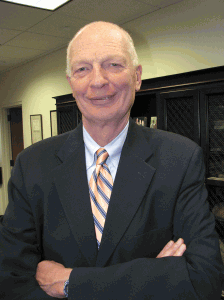
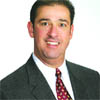 Tony Gabinetti, CPA is a senior audit manager at Meyers Brothers Kalicka, P.C. in Holyoke; (413) 536-8510.
Tony Gabinetti, CPA is a senior audit manager at Meyers Brothers Kalicka, P.C. in Holyoke; (413) 536-8510. Michael J. Roy, Esq. has joined Easthampton Savings Bank as the Compliance Officer. He will be responsible for overseeing the bank’s compliance program. His responsibilities will include implementing, amending, or creating compliance policies and assisting with federal and state regulator compliance exams. Roy will also function as the in-house expert for all applicable federal and state banking laws and regulations.
Michael J. Roy, Esq. has joined Easthampton Savings Bank as the Compliance Officer. He will be responsible for overseeing the bank’s compliance program. His responsibilities will include implementing, amending, or creating compliance policies and assisting with federal and state regulator compliance exams. Roy will also function as the in-house expert for all applicable federal and state banking laws and regulations. 